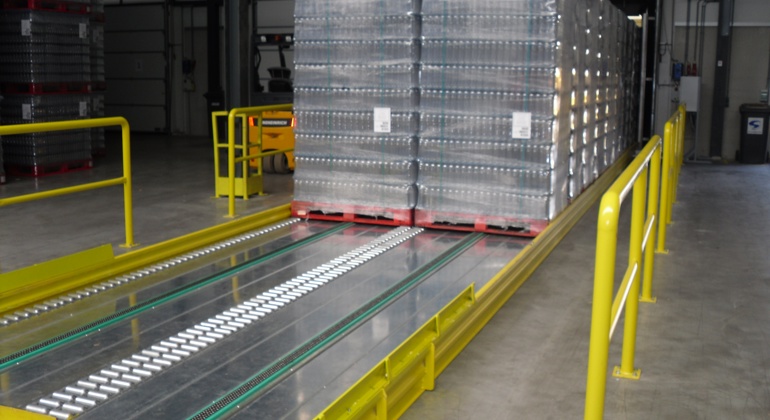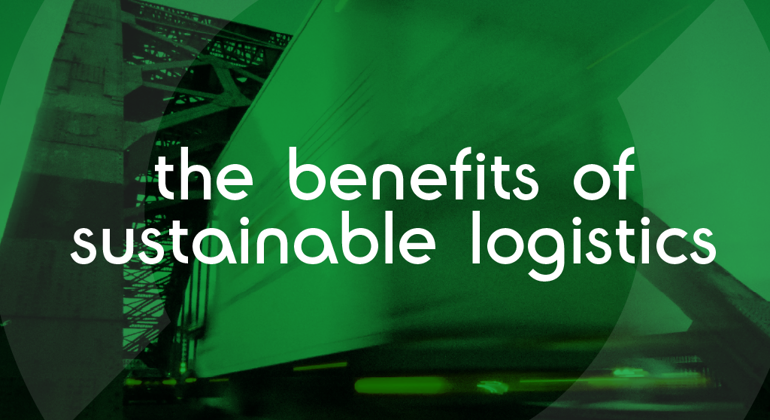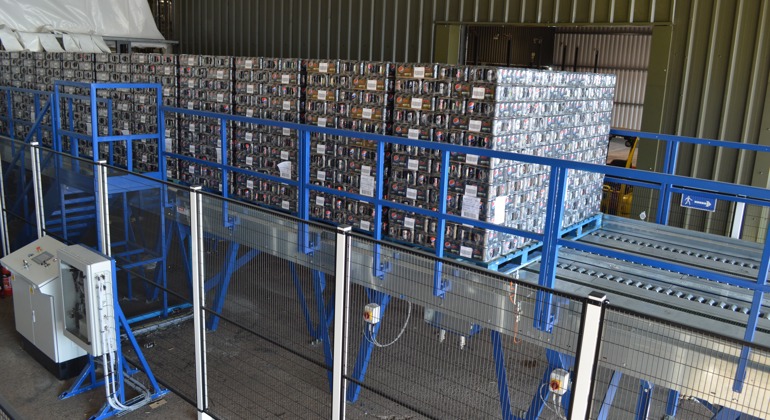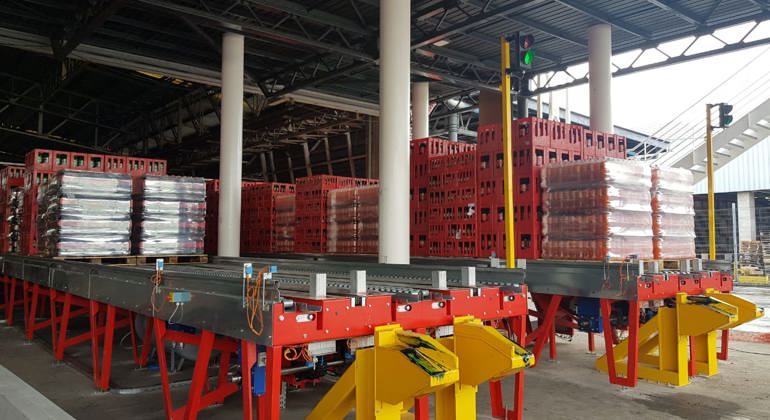Reflect on the balance between humans, transport and the environment
Sustainable transportation entails a healthy balance between humans, transportation and natural systems. To make transportation sustainable, city roads and streets must become accessible to everyone. Naturally, consideration should also be directed towards the environment, which should always remain as close to how it is without transportation or urban structures as possible (or at least experience minimal impact).
Develop a framework to guide implementation and updates
Three guiding elements sit at the core of sustainable transport: economic, environmental and social considerations. This trio should form the basis of a framework to plan, implement and maintain a sustainable system:
- economic: making the cost of transportation affordable for everyone, including residents who have a lower income;
- social: the development of safe, secure and accessible mobility choices for people, regardless of their gender, age or physical abilities;
- environmental: creating solutions that decrease emissions and pollution, and protect the environment.
Use time as a milestone to work towards sustainable transportation goals
Making transport sustainable will require setting a timeframe to track and evaluate progress. It also means dispensing with vague notions such as ‘near future’ and ‘soon’. Whether it’s hours, months or seasons, projects should have a specific starting point and ending one so that actors involved in sustainable transportation projects can measure changes and determine whether they’re moving closer towards the goals of the project.
Low carbon vehicles
To make deep cuts to greenhouse gas emissions from transport, a reduction in the carbon dioxide intensity of travel is necessary. The materialisation of COVID-19 may have had an impact on travel and reduced it, but otherwise, such a reduction would have been unlikely, so technological change is essential. Improving the fuel efficiency of conventional engines and then gradually introducing alternative engines is one solution.
Congestion charges
Managing congestion is a crucial part of implementing policies for sustainable transportation infrastructure. Charges can bring congestion down to more efficient levels. The question is whether users will accept charges. The cost of running such a scheme must also be considered. These charges can have bigger financial impacts when it comes to planning where to place crucial business facilities, such as between warehouses and factories.
Investment in high-speed rail
Investment in high-speed rail transport is likely to reduce global greenhouse gas emissions and can compete strongly with transportation by car, especially where traffic is dense enough, which is for journeys up to around 1,000 km, such as between major centres of population.
As well as the cost of construction of a high-speed railway line, however, is the issue of the level of impact. The reduction could only be small, and it may take some decades for the existence of the line to compensate for the emissions construction itself has generated.










